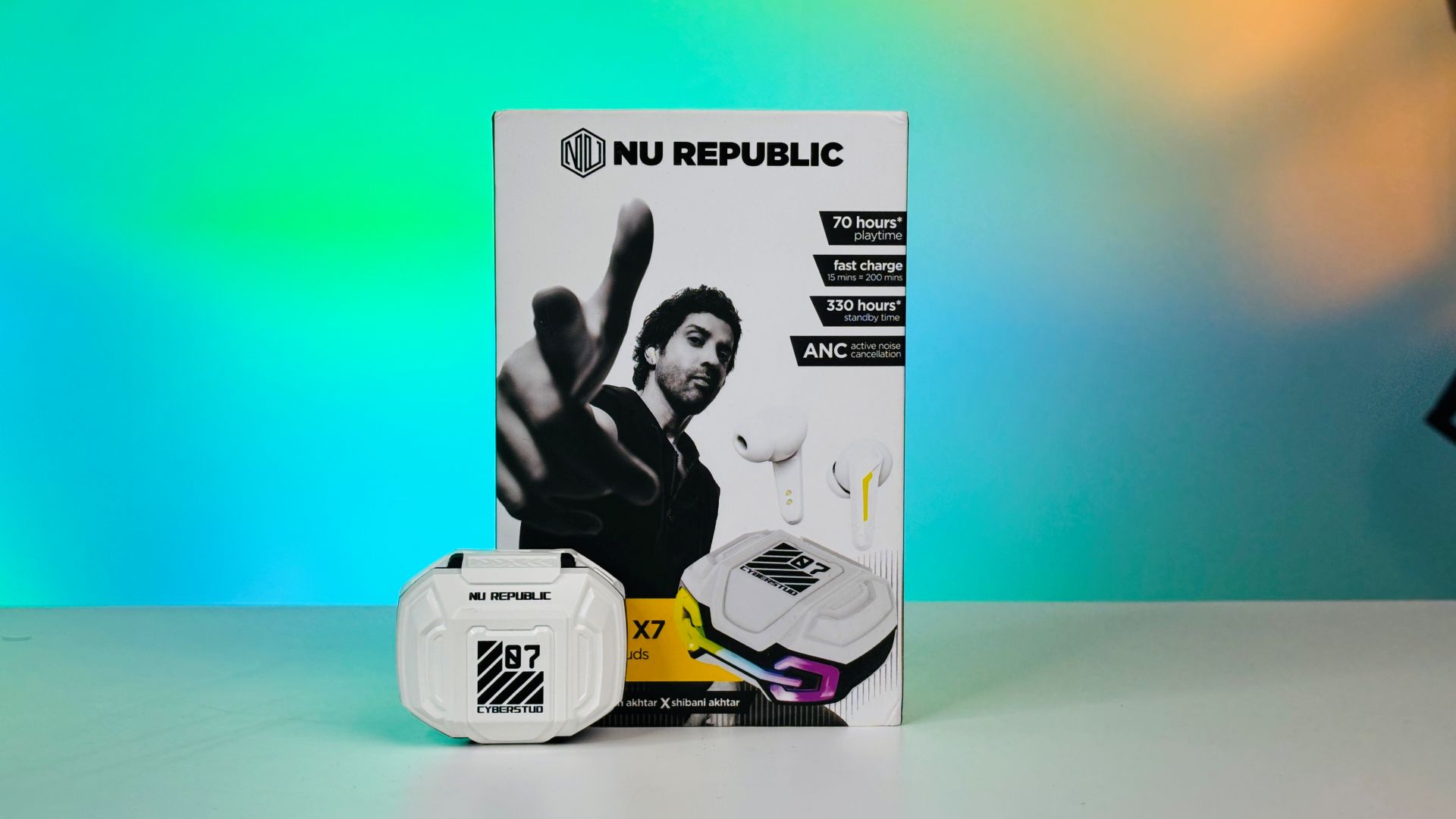UPI Credit Fuels India’s Festive Cheer: A Deeper Dive into Spending Trends
India’s festive season is synonymous with vibrant celebrations and increased consumer spending. This year, however, a fascinating trend emerged: a significant shift towards offline shopping fueled by the accessibility of credit through UPI. Data from Kiwi, a pioneering platform for UPI-based credit purchases, reveals a 30% rise in spend-per-user at physical stores compared to the previous year. This surge underscores the growing popularity of credit on UPI as a convenient and trusted payment method, with profound implications for the local retail sector and the broader Indian economy.
The Resurgence of Local Businesses: A Community Affair
One of the most heartwarming trends this festive season was the overwhelming support for local merchants and neighborhood stores. Consumers actively chose to spend their money within their communities, contributing to the financial health and vibrancy of their local economies. This trend was particularly pronounced during Dhanteras and Diwali, traditionally auspicious occasions for shopping, where general stores witnessed an impressive 55% jump in spending. This data paints a vivid picture of communities coming together to support the businesses that form the backbone of their neighborhoods, fostering a sense of solidarity and shared prosperity.
Spending Patterns: A Tapestry of Needs and Desires
While the overall trend points towards increased spending, a closer look reveals fascinating nuances in consumer behavior. Jewellery, a customary purchase during Diwali, saw a 17% rise in sales, reflecting the enduring appeal of tradition and the desire to celebrate with cherished adornments. Beyond tradition, essential categories like groceries also experienced a significant 24% increase in spend-per-user. This indicates that consumers are utilizing credit on UPI not just for celebratory purchases, but also for everyday necessities, highlighting the versatility of this payment method in catering to a wide range of consumer needs. Furthermore, the 18% and 24% rise in dining and electronics spending respectively, demonstrates the ability of credit on UPI to facilitate both experiential purchases and the acquisition of durable goods.
Regional Nuances: A Tale of Two Indias
The festive season brought to light distinct spending habits across different regions in India, showcasing the diverse economic landscape and cultural influences that shape consumer behavior. In Tier-1 cities, where consumers have higher disposable incomes and greater access to a variety of options, spending leaned towards experiences. Dining saw a 22% increase, suggesting a preference for socializing and celebrating with loved ones in restaurants and cafes. Jewellery purchases in these cities also rose by 18%, reflecting a desire for luxury and indulgence, and perhaps a greater emphasis on status symbols. In contrast, Tier-2 cities displayed a more pragmatic approach, prioritizing essential items and long-term investments. Electronics spending surged by 41%, indicating a focus on acquiring durable goods and upgrading household appliances, possibly driven by increasing aspirations and access to technology. The remarkable 64% rise in general store spending in these cities further emphasizes the reliance on local businesses for everyday needs and the strong community ties that bind these smaller urban centers.
Empowering the Engines of Growth: The Rise of Small Businesses
Perhaps the most impactful outcome of this festive spending surge has been the empowerment of small businesses. In both Tier-1 and Tier-2 cities, spend-per-user at small stores grew significantly, by 31% and 29% respectively. This growth outpaced the increase observed at larger retailers, suggesting a conscious shift in consumer behavior towards supporting local entrepreneurs and recognizing the vital role they play in the economic ecosystem. The convenience and accessibility of credit on UPI has leveled the playing field, allowing smaller businesses to compete effectively and thrive in a dynamic market, fostering a more inclusive and resilient retail landscape.
The UPI Credit Revolution: Reshaping India’s Financial Fabric
The widespread adoption of credit on UPI has been instrumental in facilitating this festive spending boom and driving a broader transformation in India’s financial landscape. By offering a seamless and flexible payment solution that integrates with the widely-used UPI platform, platforms like Kiwi are empowering consumers and driving growth in the local retail sector. This innovative approach to credit is transforming the way Indians shop, making purchases more convenient and fostering a stronger sense of community. As credit on UPI continues to gain traction, it is poised to revolutionize the Indian retail landscape and redefine the relationship between consumers and businesses, promoting financial inclusion and driving economic growth.


























Add Comment